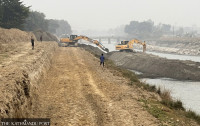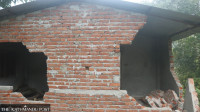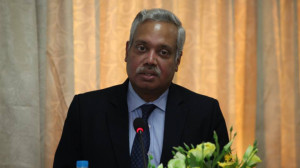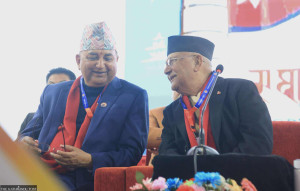National
Khatiwada dispels doubts on 8pc growth
Finance Minister Yubaraj Khatiwada on Wednesday said the annual budget targeting a growth rate of eight percent is realistic, as several sectors would contribute to the country’s economy.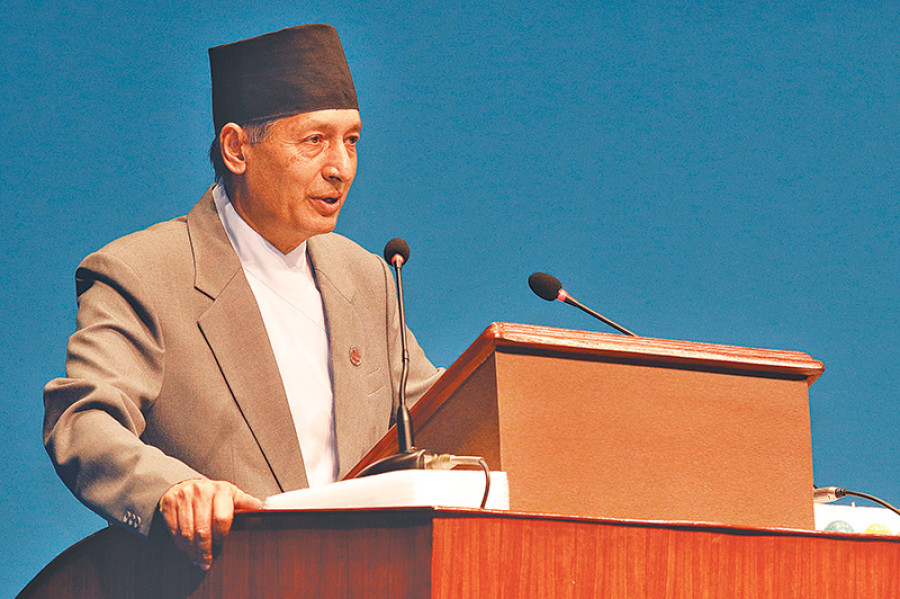
Bibek Subedi
Finance Minister Yubaraj Khatiwada on Wednesday said the annual budget targeting a growth rate of eight percent is realistic, as several sectors would contribute to the country’s economy.
Key infrastructure projects nearing completion, high agricultural yield, productive industries and expansion in the service sector would ensure the growth rate set by the government, he said.
The finance minister’s optimism dispels criticism that a growth rate of eight percent for the fiscal year 2018-19 is ‘overly ambitious’.
Two major infrastructure projects – Melamchi Drinking Water Project and the 456MW Upper Tamakoshi Hydropower Project would come online by 2018. The magnitude of both the projects is so large that both will contribute significantly to expand the Gross Domestic Product (GDP).
Although the direct contribution from these projects in the GDP is yet to be calculated, the quantum of electricity generated by the Upper Tamakoshi would be equivalent to half of the total hydroelectricity generated by the domestic hydropower projects currently.
The completion of the Upper Tamakoshi would have a positive impact on the industrial sector allowing most of the factories to operate under full or near to full capacity. This would also contribute to the growth of Nepal’s economy.
Shortage of electricity has been one of the key binding constraints for higher economic growth. Khatiwada claims industrial sector output would expand growth by 12 percent in the next fiscal year beginning from mid-July.
Similarly, after the Melamchi project starts, it would supply 170 million litres of drinking water daily to Kathmandu Valley, up 42.85 percent from 119 million litres currently distributed by Kathmandu Upatyaka Khanepani Limited.
Agriculture is another sector Khatiwada relies on to spur growth. His optimism stems from the higher agricultural productivity forecast by the South Asian Climate Outlook Forum (Sascof) due to normal monsoon.
The minister says this sector would expand by 4.5 percent in the next fiscal. A good monsoon in Nepal is synonymous with higher agricultural yields. Institutions like the central bank acknowledge that the amount of rainfall has the power to sway economic growth rates in the country.
The expansion of service sector by 8.5 percent would help meet the target set by the fiscal policy, claims Khatiwada.
“The GDP target was not set on adhoc basis, but after considering various factors that favour the economic expansion,” said Khatiwada during an interaction programme organised by the Finance Ministry on Wednesday to discuss on the annual budget rolled on Tuesday.
Economists do not agree with Khatiwada’s view. They say the allocated capital expenditure is not enough to meet the growth rate of 8 percent.
The National Planning Commission’s former vice-chairman Posh Raj Pandey says, “The government has earmarked Rs313.99 billion for development expenditure. It is not adequate to ensure the GDP growth set by the annual budget.”
Economists also say the slowdown in growth rate of remittance, no bigger spending as seen during election would restrain the service sector growth and expansion of agricultural and industrial sector is not enough to meet the GDP growth projected in the budget.
“Even if the agricultural sector grows by 4.5 percent and services by 8.5 percent (very optimistic) as claimed by Khatiwada, the industrial output should grow by 13.5 percent to achieve 8 percent GDP growth,” says economist Chandan Sapkota.




 9.12°C Kathmandu
9.12°C Kathmandu
